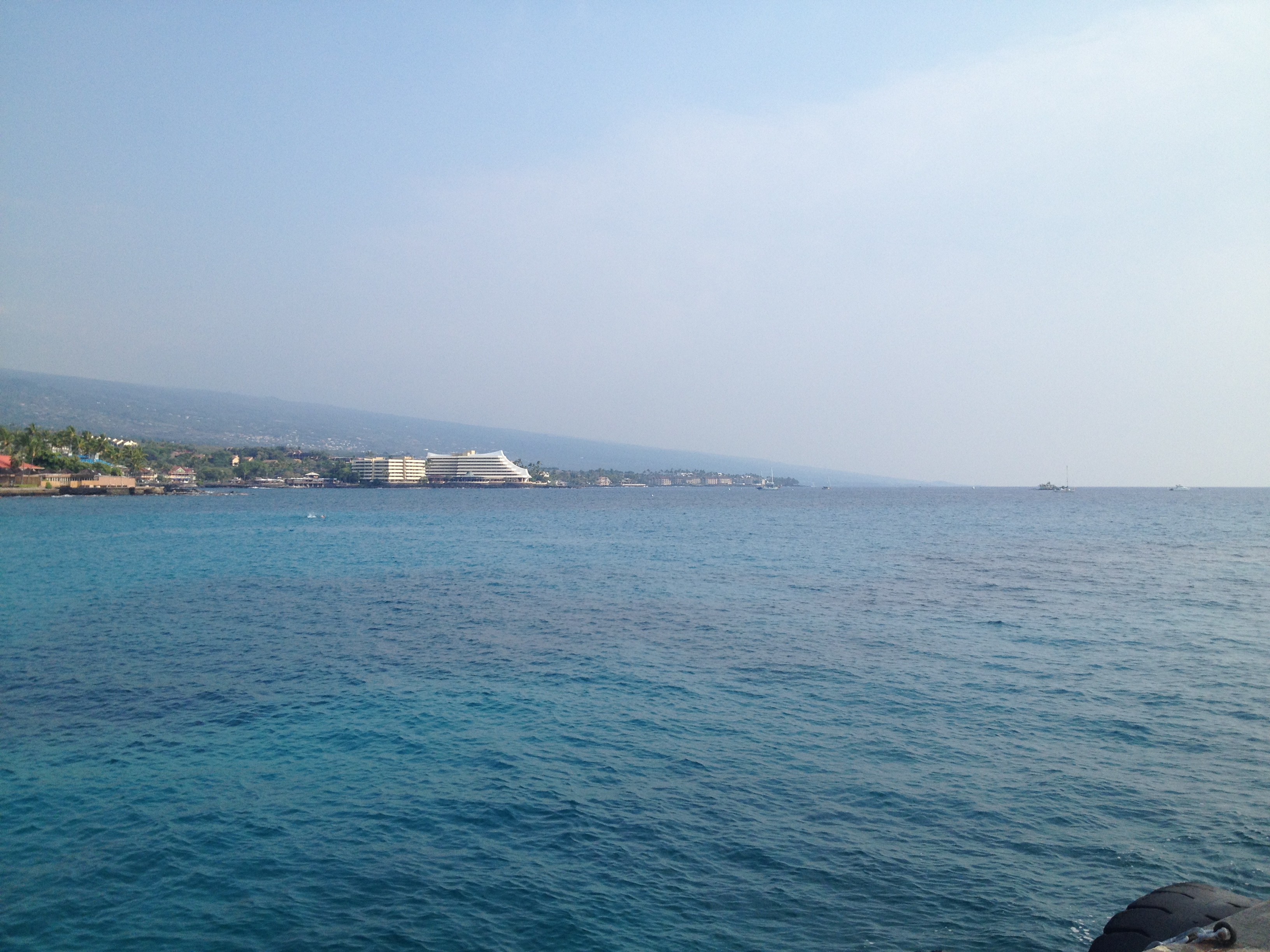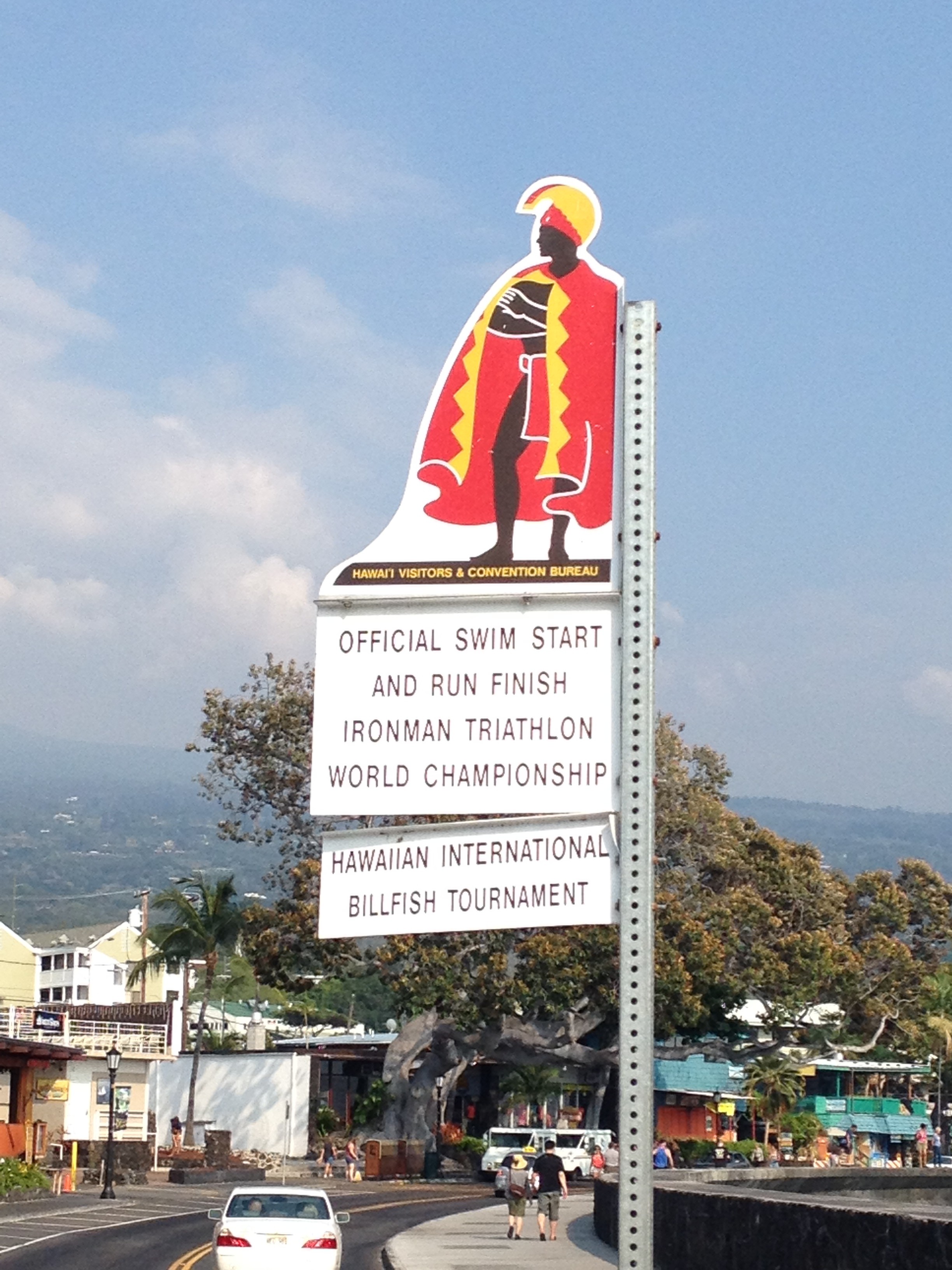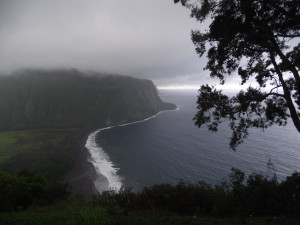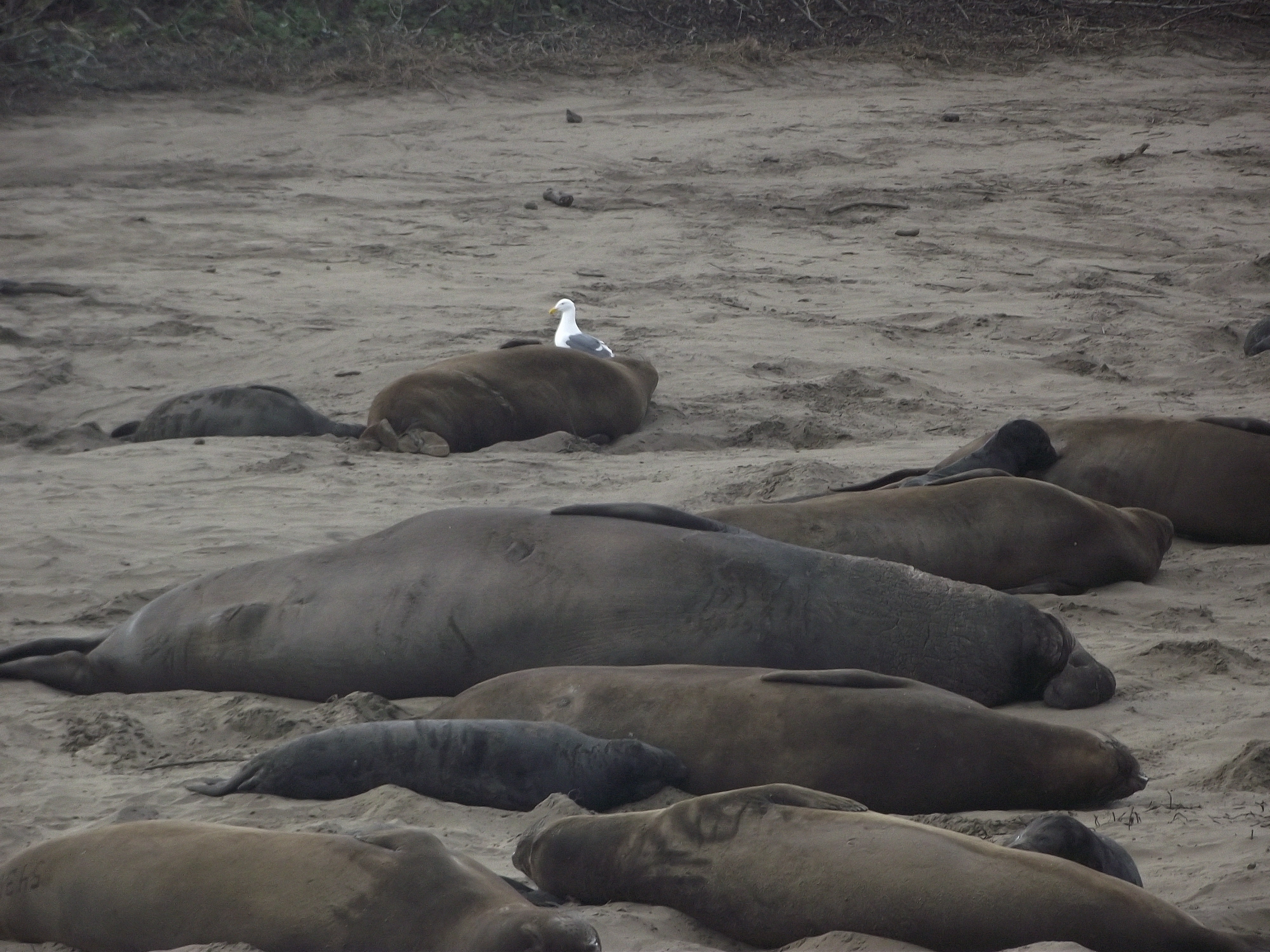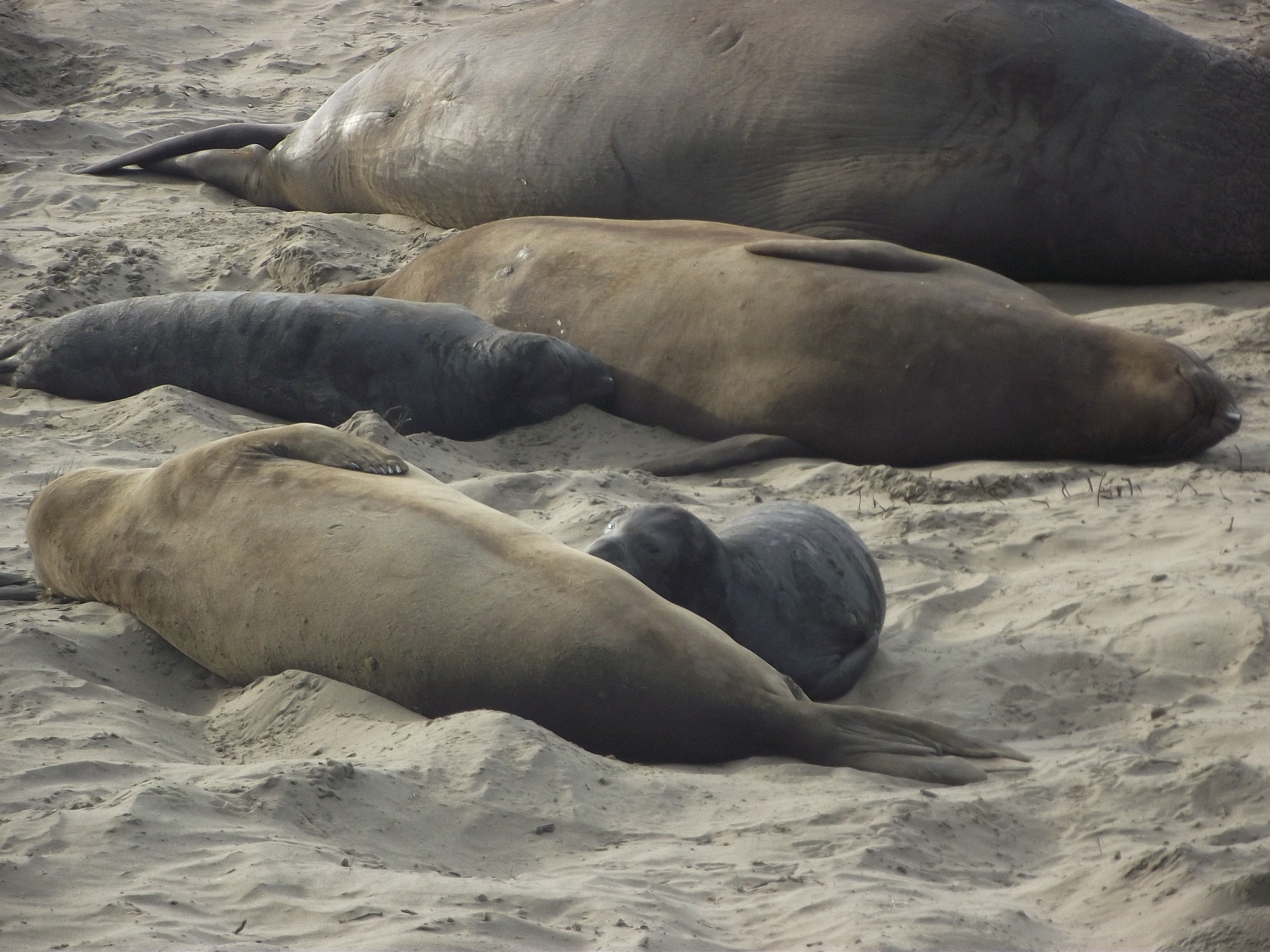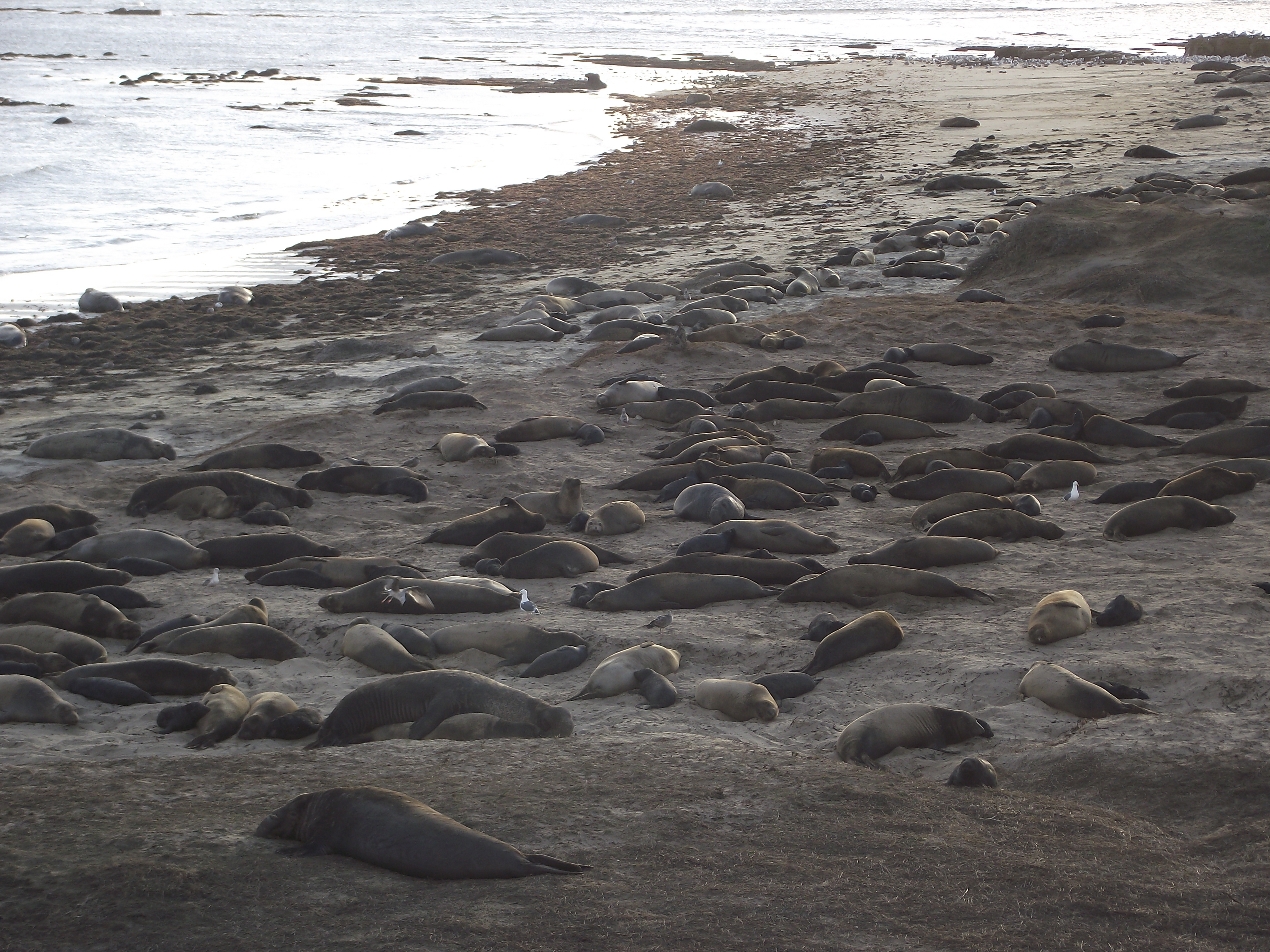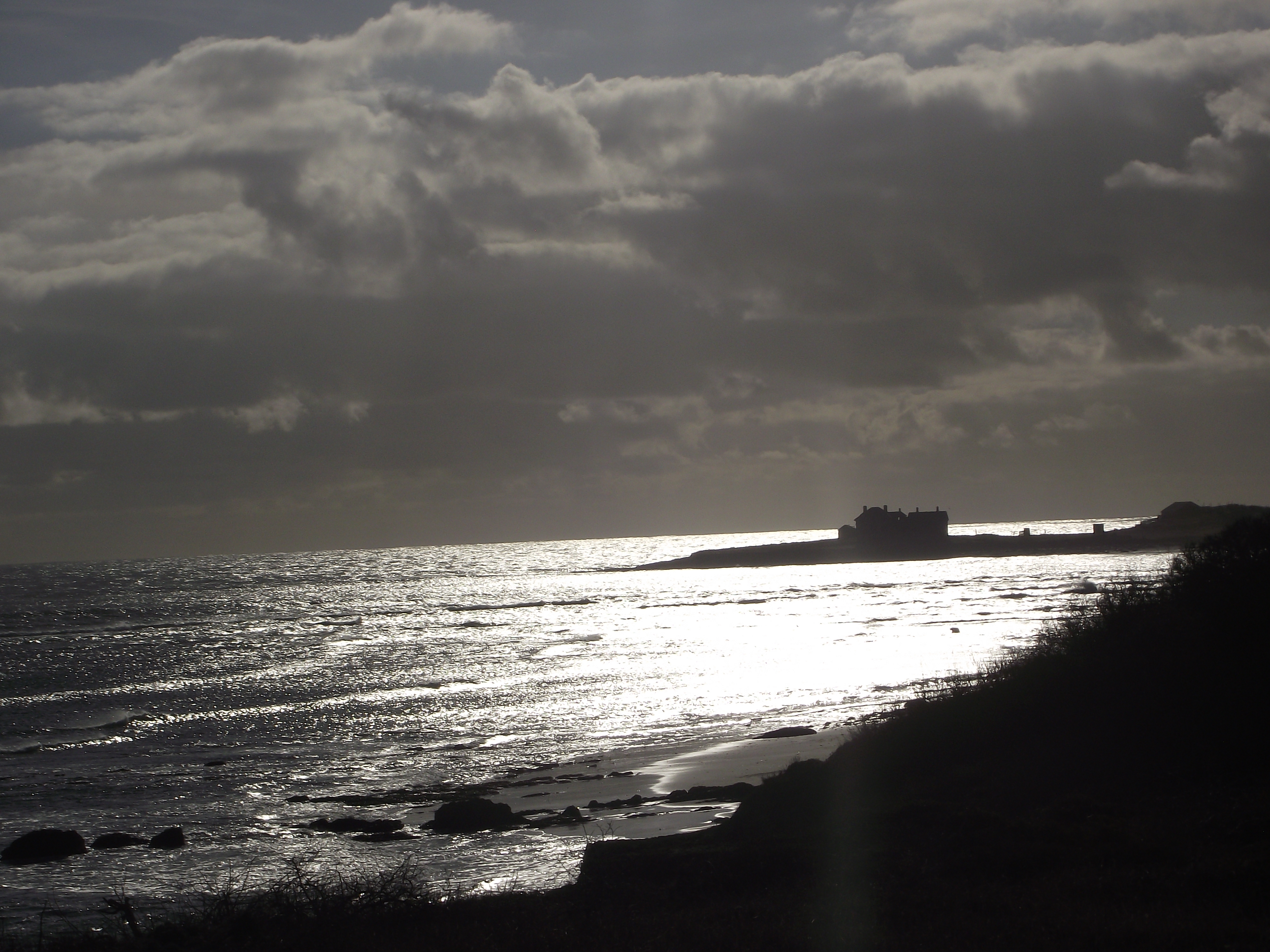Author Archives: admin
Snapshot from Hawaii #3
Snapshot from Hawaii #2
Snapshot from Big Island, Hawaii #1
One-page application to "Science and the City" event
Euraxess Links North America is putting together a terrific event in New York City on the 28th of March. The event aims to present exciting EU-funded research as well as to offer and share tips and experience with potential applicants to EU research actions.
I sent my one-page application including Title, Abstract, and Motivation, you can read it here below (formatting somewhat lost).
Science and the City, NYC March 28th, 2014
Title: Shaken, burned, drowned, but still there: how species survive catastrophic events in an increasingly extreme world.
Abstract: The world is becoming more extreme. Increasingly frequent catastrophic events, such as fires, floods, extreme high or low temperatures, rain and snowstorms, deep freezes, and droughts often result in crashes or extinction of populations or species, loss of genetic diversity, and dramatic changes in ecosystems. Surprisingly, even after almost complete collapses, in some species populations are able to bounce back to safe abundances from a handful of surviving individuals. How does it happen? Why and how do certain species possess traits that allow them to persist when on the verge of extinction? And, will those species and populations be able to survive an increased frequency and intensity of extreme events associated with global climate change?
I study the resilience of population to extreme events using marble trout, a freshwater fish currently found only in Slovenia, as model species. Since 1993, my colleagues and I have extensively collected and analyzed marble trout demographic and genetic data. The last relict populations of this species are routinely affected by catastrophic flash floods and debris flow driving them just a few individuals away from extinction. We have observed multiple occasions when just a handful of fish surviving a flood rescued the population! However, the future is not bright for marble trout: rainfall and stream discharge data collected since the 1960s show a recent increased frequency, intensification, and altered seasonality of catastrophic floods. Will marble trout be able to persist? Will we observe bigger or smaller fish, more juveniles or older fish? Will population collapses lead to more deformities caused by inbreeding, dangerous loss of genetic diversity, and/or altered life cycles? Will we be able to save the species through science‑driven conservation actions? To answer these questions, an interdisciplinary research approach combining cutting‑edge molecular genetics, demographic modeling, natural history and meteorology is needed. The complexity of project along with its intrinsic interdisciplinary nature motivated me to present an application for a Marie Curie International Outgoing Fellowship, which I won in 2011.
Motivation: EU funding schemes are a terrific opportunity for early-career scientists. I would be delighted to take the opportunity offered by “Science and the City” to present my EU‑funded research, as well as offering my vision and tips for a successful application to EU funding schemes. Extreme events are having a massive impact on ecosystem and species, including humans (e.g. the recent California drought, the deep freeze in NE US, floods in central Europe and China), and it is my desire to raise awareness on the interdisciplinary research required for predicting their occurrence, understand their consequences, and mitigate their impact.
Since winning my Marie Curie IOF in late 2011 I have been helping several scientists preparing their applications to EU research calls. I use my blog to offer advice on how to apply to MC Actions and ERA Starting Research Grants (https://simonevincenzi.com/category/marie-curie/), including how to prepare applications, and suggestions on the number and quality of publications allowing the applicant to be competitive. I also uploaded on my website my winning MC IOF application, free for the public and fellow scientists. Due to my blog, word of mouth, and Twitter activity (@svincenzi) I routinely receive emails from applicants and winners of EU research actions asking for help or advice regarding research, how to prepare the application package, and more practical things such as how to pay taxes in the US, what solutions I recommend for health insurance, and how to prepare reports. Looking forward, in my future capacity as a senior scientist I have the ambition to develop a structured program that supports the applications of young and promising scientists to EU funding schemes.
Simone Vincenzi, Marie Curie IOF Fellow
UCSC (USA) and Polytechnic of Milan (Italy)
New paper submitted
My friend and colleague Andrea Piotti and I have just submitted a paper for the special issue of Plant Ecology concerning the impact of extreme events on plants. We focused on the evolution of serotiny in pines in the face of an increasing probability of occurrence of fires with climate and anthropogenic change. Title and abstract below. Please ask me for a preprint if interested.
Evolution of serotiny in maritime pine (Pinus pinaster) in the light of increasing frequency of fires
Abstract
Wildfire frequency and intensity in the Mediterranean region is predicted to increase with climate and anthropogenic change in the following decades. Pines species often posses fire-embracing and fire-avoiding strategies that increase the probability of persistence and performance in fire-prone habitats.
One such strategy is serotiny, i.e. the capacity to retain seeds in long-closed cones within the plant canopy; serotinous cones release seeds only when either a fire or a heat shock occurs. In this work, we used a simulation approach and P. pinaster populations as a model system to investigate how (i) an increased frequency of fire, (ii) genetic characteristics of serotiny, and (iii) observed differences in life histories interact to determine: (a) risk of local population extinction and (b) temporal changes in the prevalence of serotiny in the modeled population. In addition, we tested whether the contemporary evolution of serotiny in the face of increased probability of occurrence of fires increased the probability of population persistence with respect to a scenario in which serotiny was not allowed to evolve. Our simulations showed that over the 300 years of simulated time the evolution of serotiny did not substantially contribute to the persistence of populations. Extinction risk increased with increasing probability of occurrence of fire and slightly decreased with (i) higher gene flow from outside the modelled population, and (ii) with higher prevalence of serotiny at the beginning of the simulation. The prevalence of serotiny at the end of simulation time was difficult to predict and mostly driven by stochasticity.
Keywords: Extreme events; gene flow; population dynamics; extinction risk, adaptation; climate change
Marie-Curie related paper accepted for publication
Paper accepted by Journal of Fish Biology. Title, Authors, Abstract, Keywords here below. Code is here.
Eco-evolutionary dynamics induced by massive mortality events
Simone Vincenzi, Alain J Crivelli, William H Satterthwaite, Marc Mangel
Abstract: To explore the selective consequences of severe disturbance events, an eco-genetic model tuned on a population of marble trout Salmo marmoratus subject to periodic flood events was used to explore how the evolution of growth rates interacting with density-dependent processes can modify size-at-age and population structure, and in turn influence the resilience of populations. Fish with greater growth potential were assumed to have higher mortality rates. The results of simulations were compared between two scenarios, one in which populations may evolve growth rates and one in which the distribution of growth rates within a population is kept fixed. Evolving populations had greater proportion of age-1 individuals in the population, greater median length at age 3 (the typical age at sexual maturity for marble trout) and lower population sizes. The slightly smaller population sizes did not affect realized extinction risk. Resilience, defined as the number of years necessary to rebound from flood-induced population collapse, was on average from 2 to 3 years in both scenarios, with no significant difference between them. Moderate heritability of growth, relaxation of density-dependent processes at low densities and rapid recovery to a safe population size all combine to limit the capacity to evolve faster recovery after flood-induced population collapses via changing growth rates.
Keywords: Somatic growth; marble trout; trade-off; life histories; floods.
